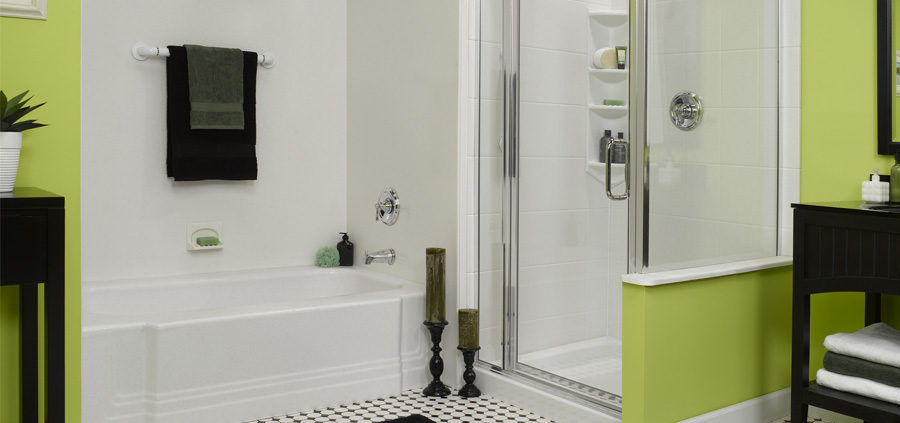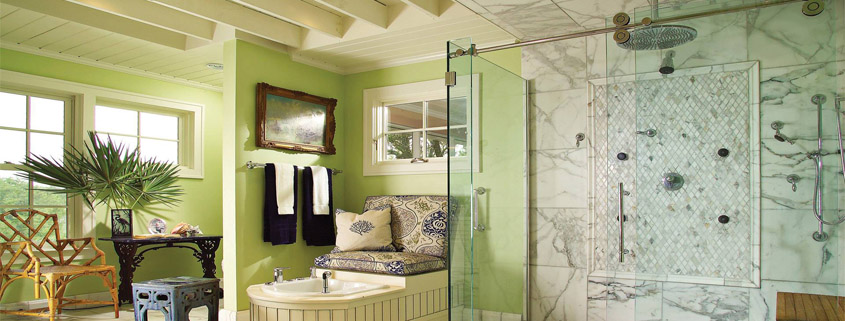How Installing the New Tub?
Slide the new tub in place so the flanges rest on the ledger boards. Have a partner help you slide your new tub into place. Feed the drain shoe into the hole in the floor, and set the rest of the tub down. Make sure the tub is level one more time before securing it to the wall. Make sure the tub is in full contact with the floor so the ledger boards aren’t supporting the full weight.
Screw or nail the tub into the studs. Use screws or nails that are 2–3 in (5.1–7.6 cm) long to secure the tub flange to the the studs. Work slowly so you don’t accidentally crack your tub. Put 1 nail or screw into each stud to keep it in place. Tip: If there are any gaps between the studs and the tub flange that are 1⁄8 in (0.32 cm) or larger, put wooden shims in before you put in nails or screws.
Use hardwood shims since soft wood can deform over time. Connect the drain shoe to the pipes. Access your pipes from the hole you cut in the room adjacent to your bathtub. Use a pipe wrench to tighten the drain shoe to the P-trap until it’s completely secure. Squeeze a ring of silicone sealant around the pipe and P-trap for another layer of protection from leaks.
Reattach the faucet. If the faucet had a screw, put the faucet back on with a screwdriver and turn it clockwise. If the faucet screwed off by itself, twist it back on by hand and use a pipe wrench to secure the faucet in place completely.
Fill the tub and test for leaks the day after it’s installed. Let the sealant on your tub dry for 1 day so it’s completely set. Turn the water valve back on and let it fill the tub. Listen for any dripping noises and watch for any noticeable leaks near your drain or on your pipes. If you find any leaks, use more sealant around the leaking area.

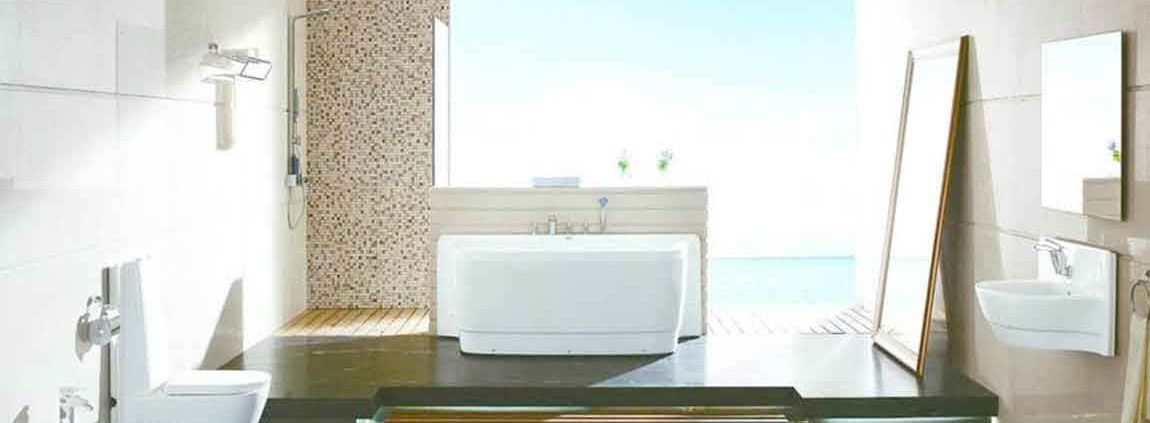
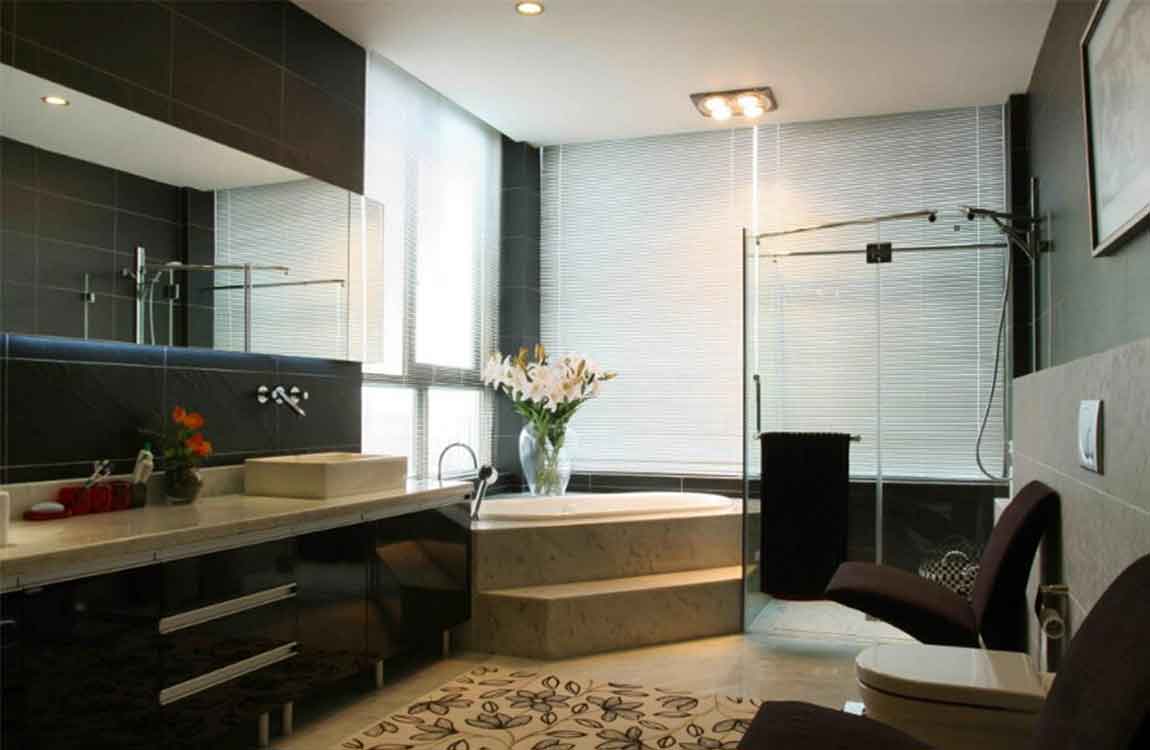
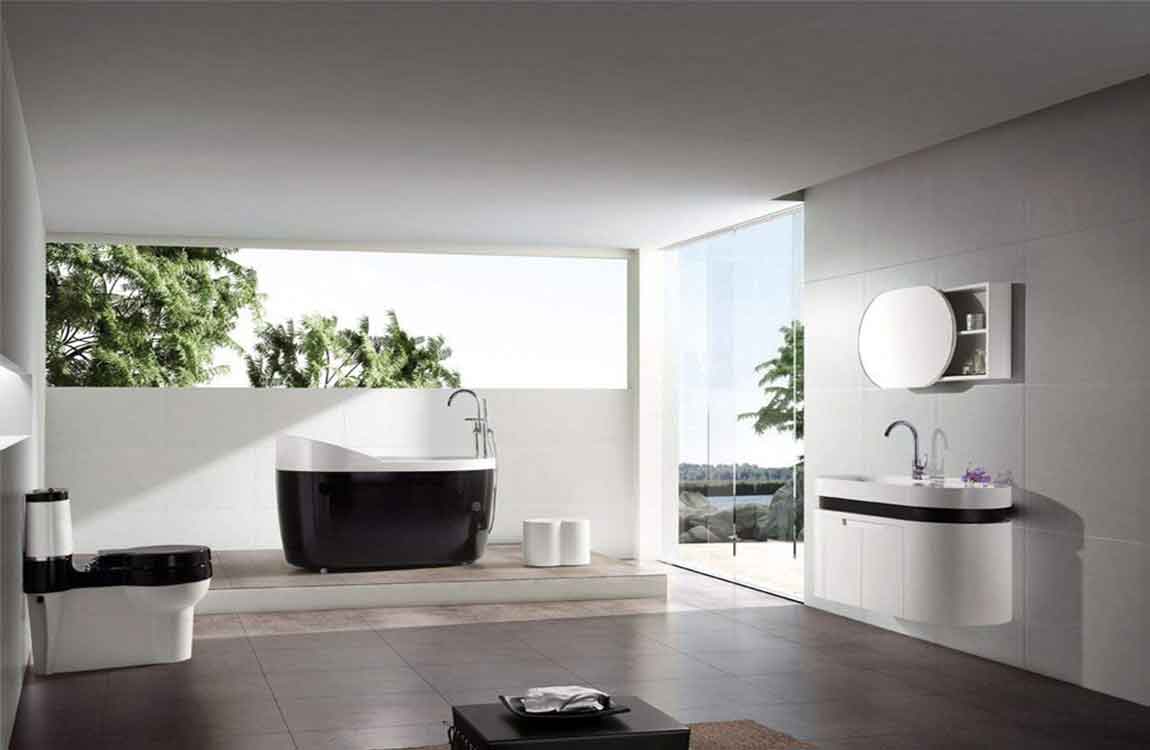
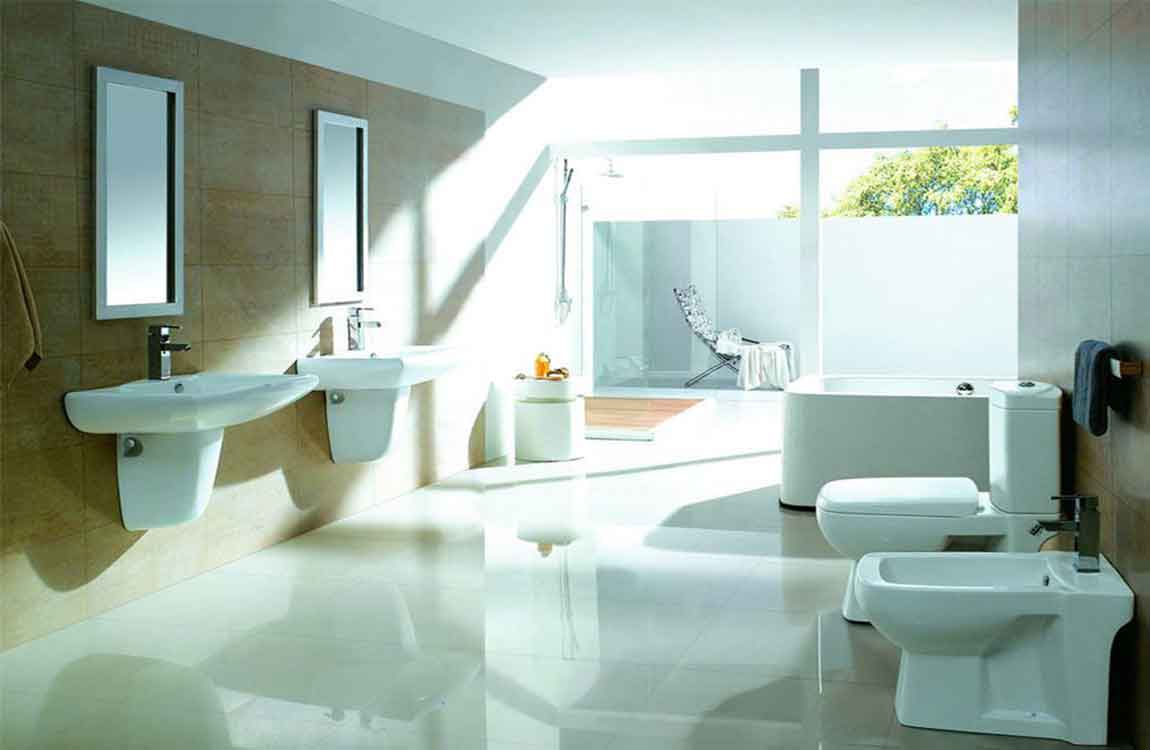

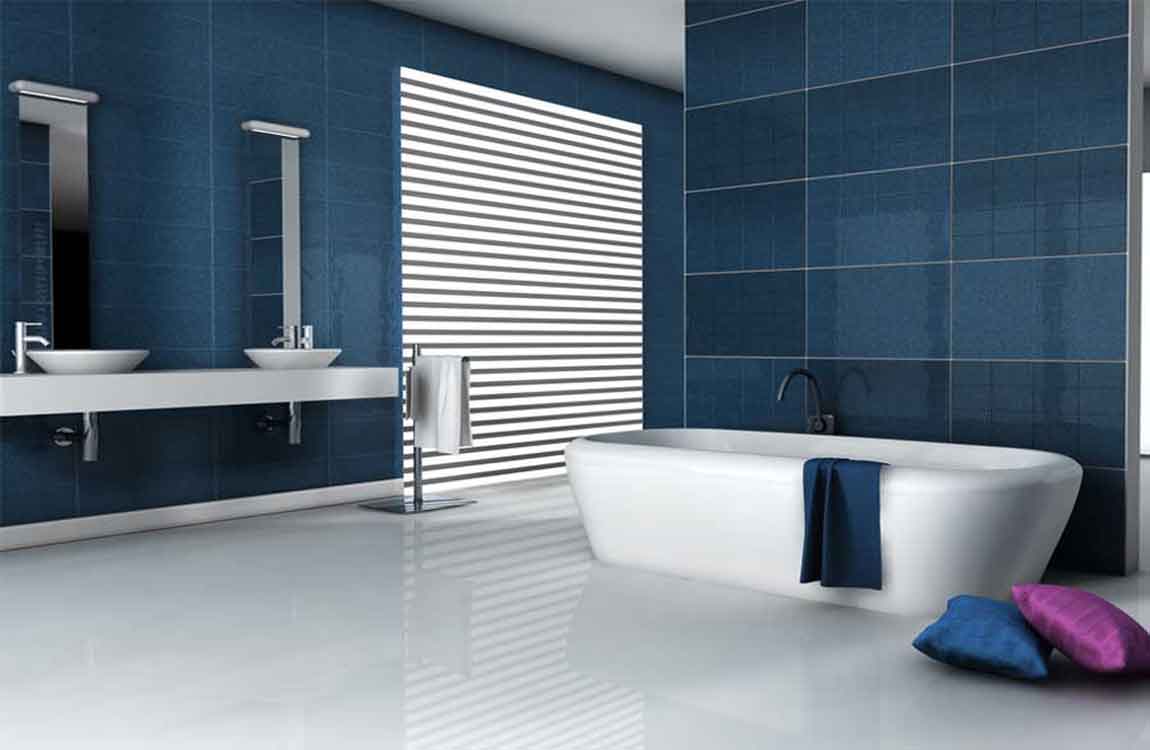


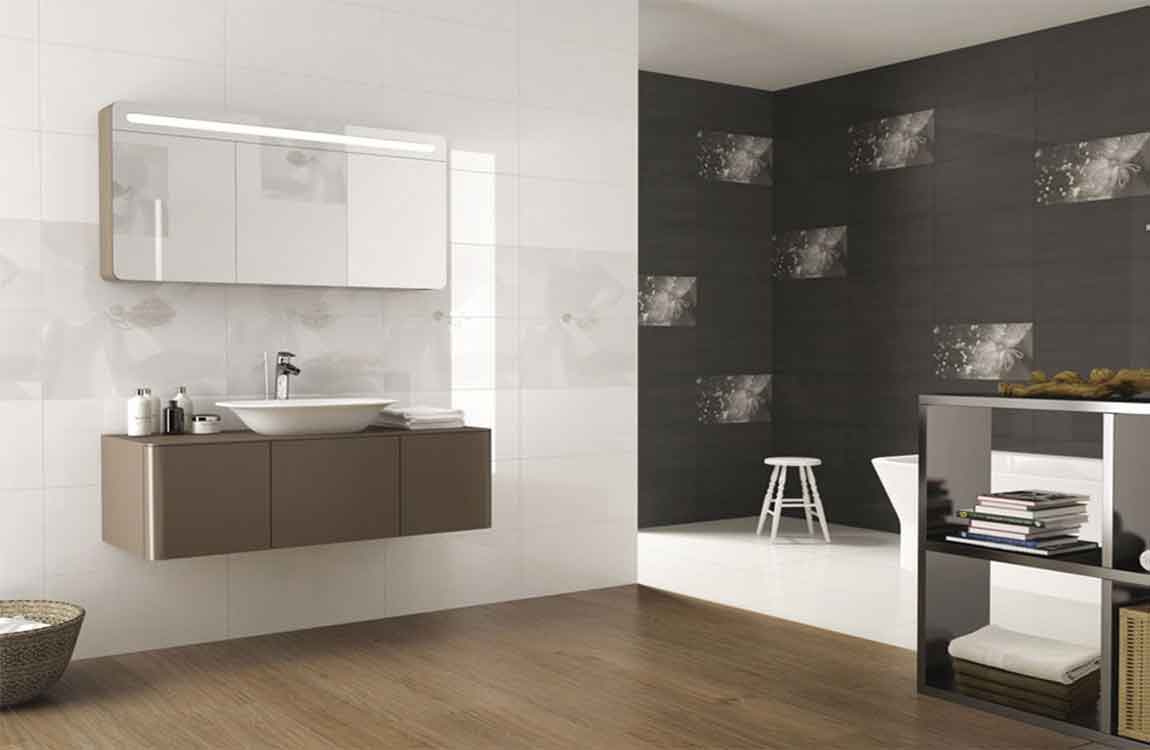
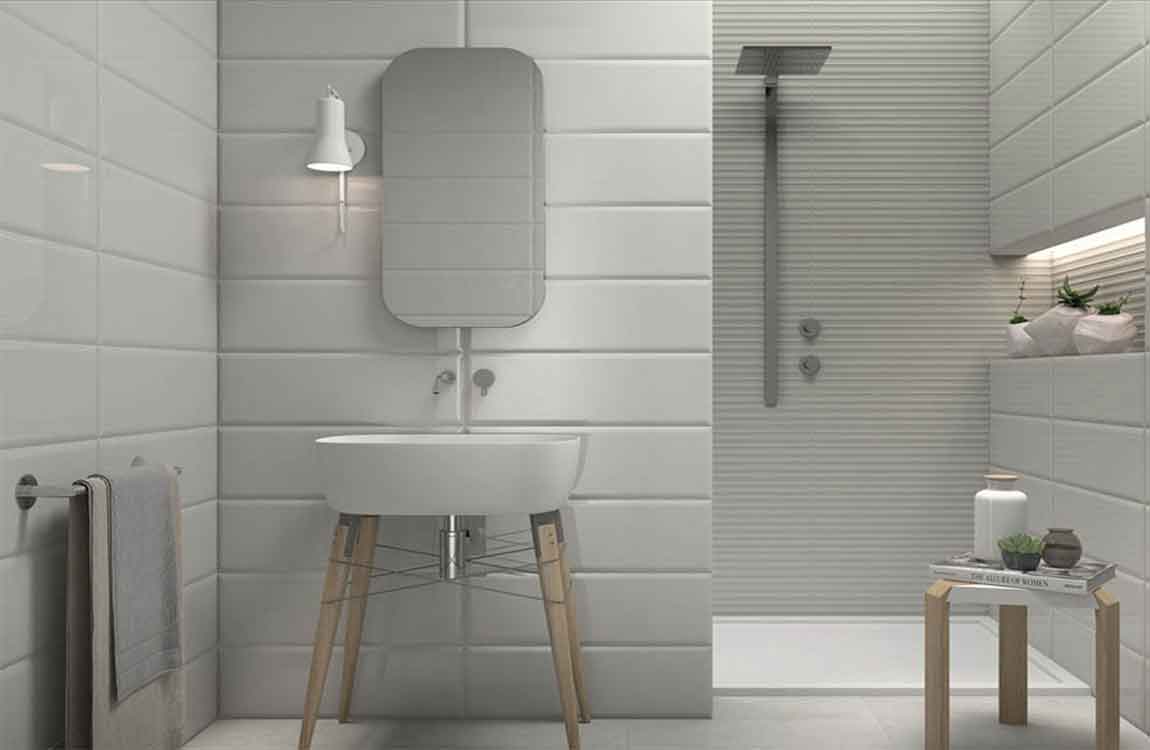


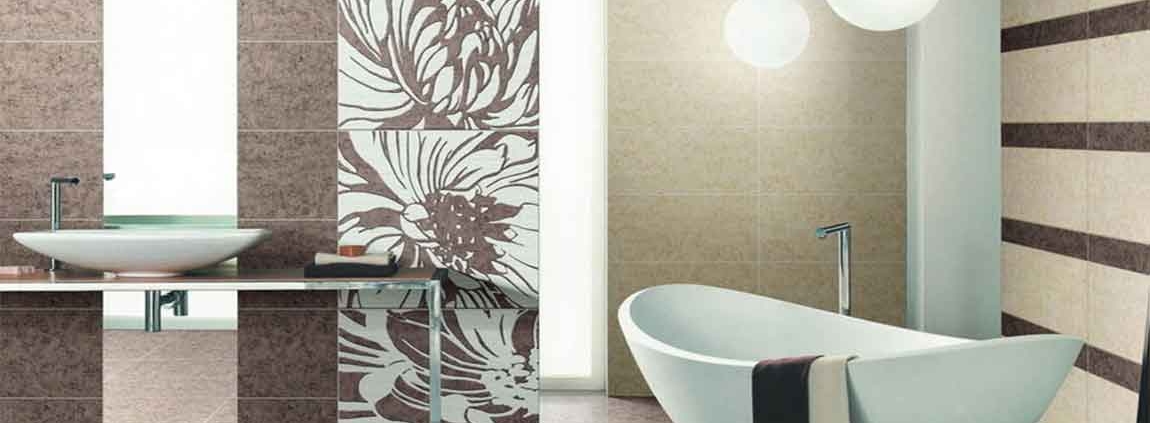

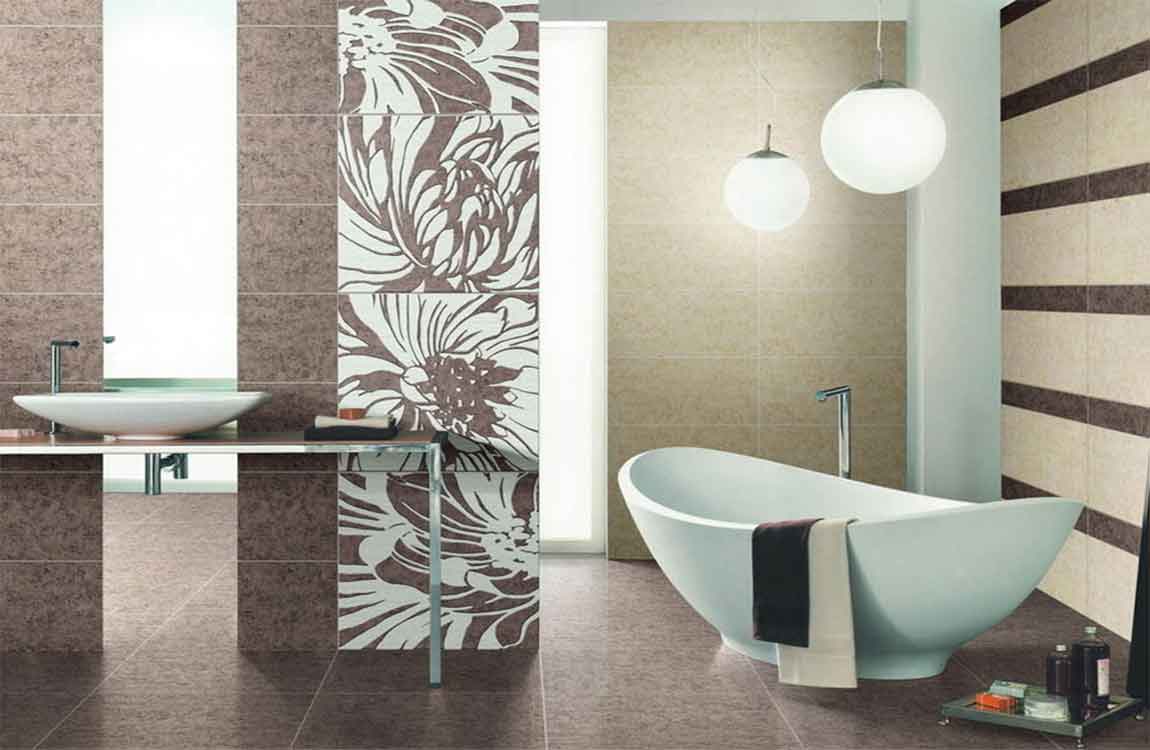

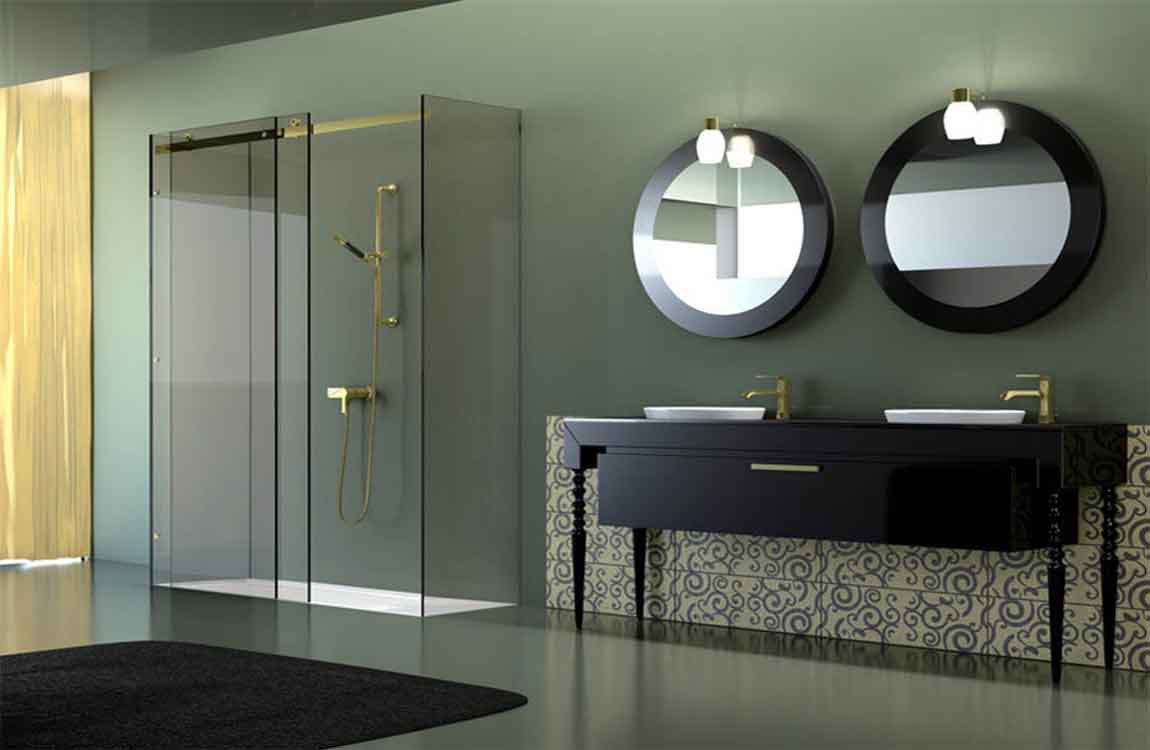


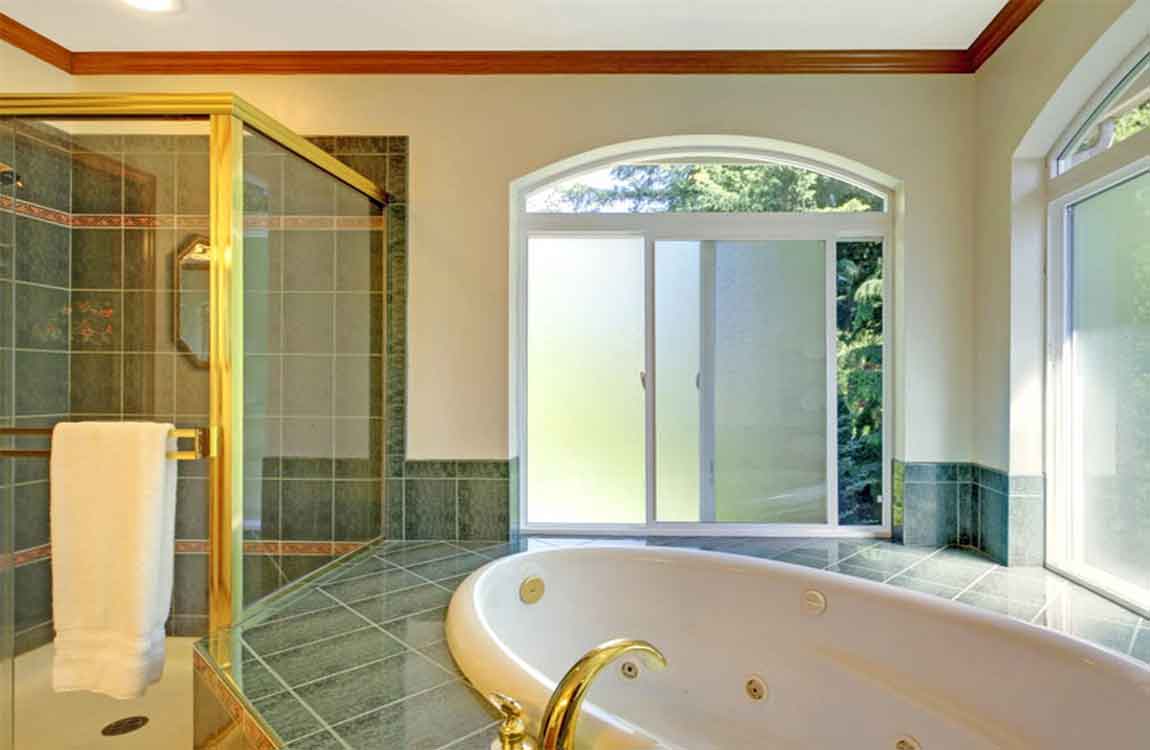
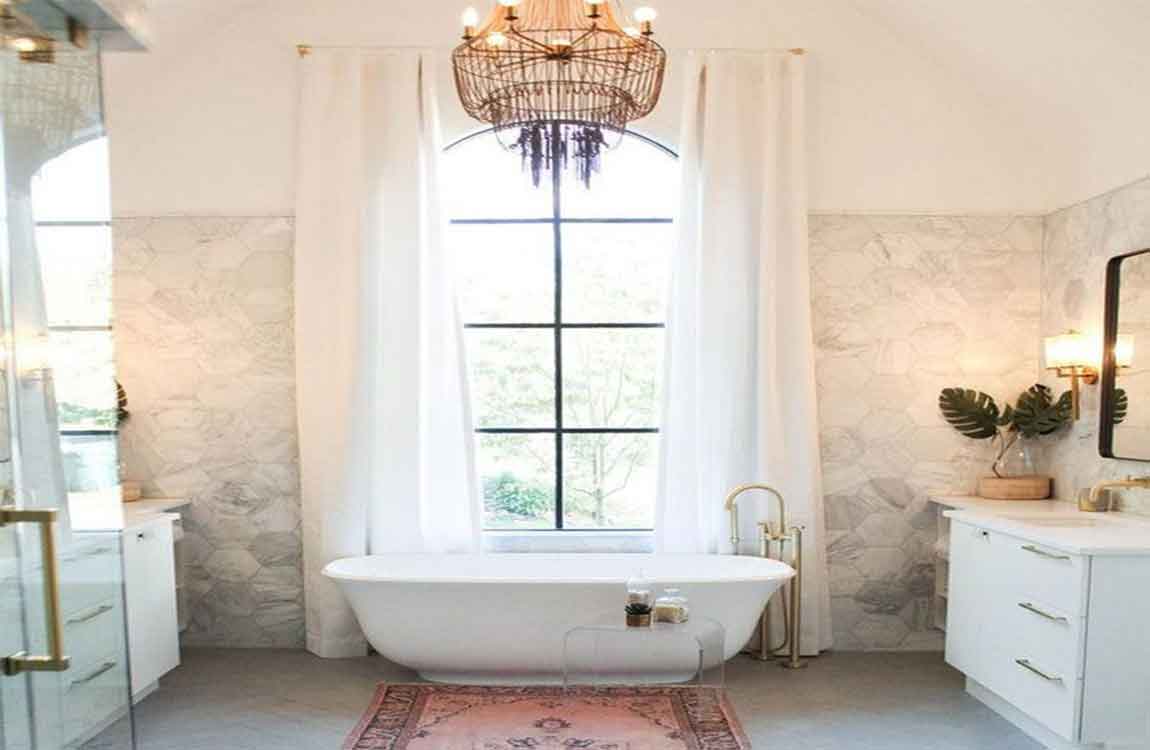
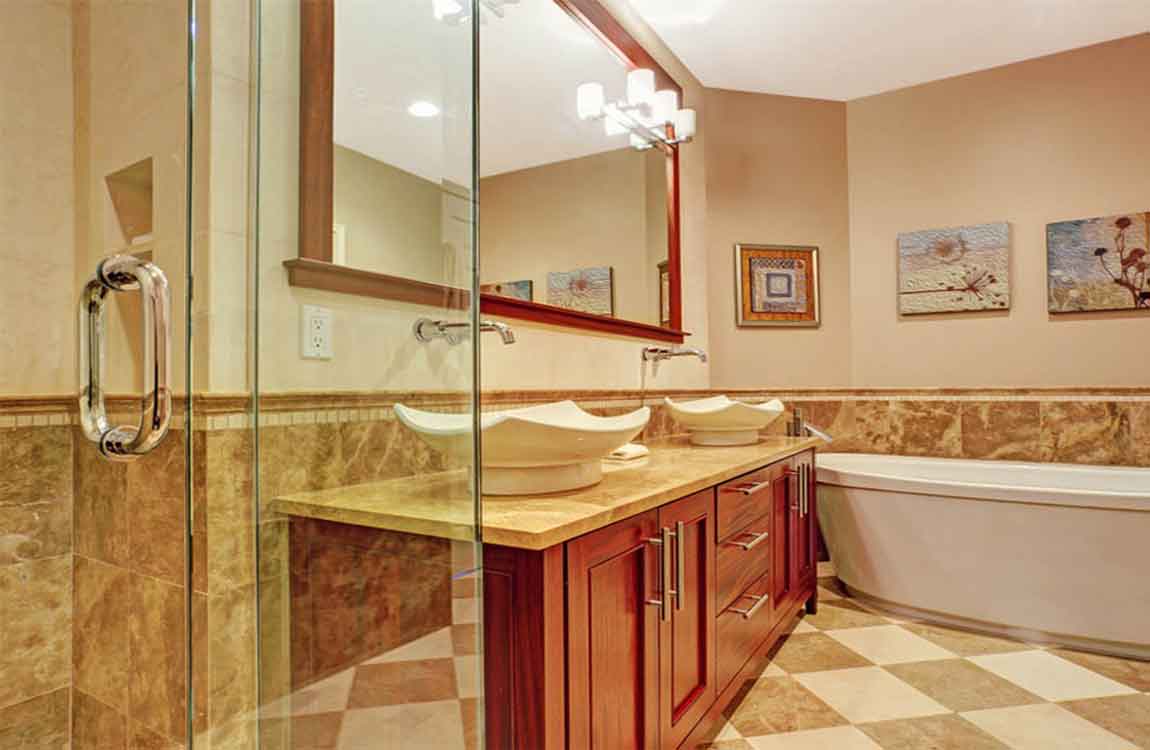
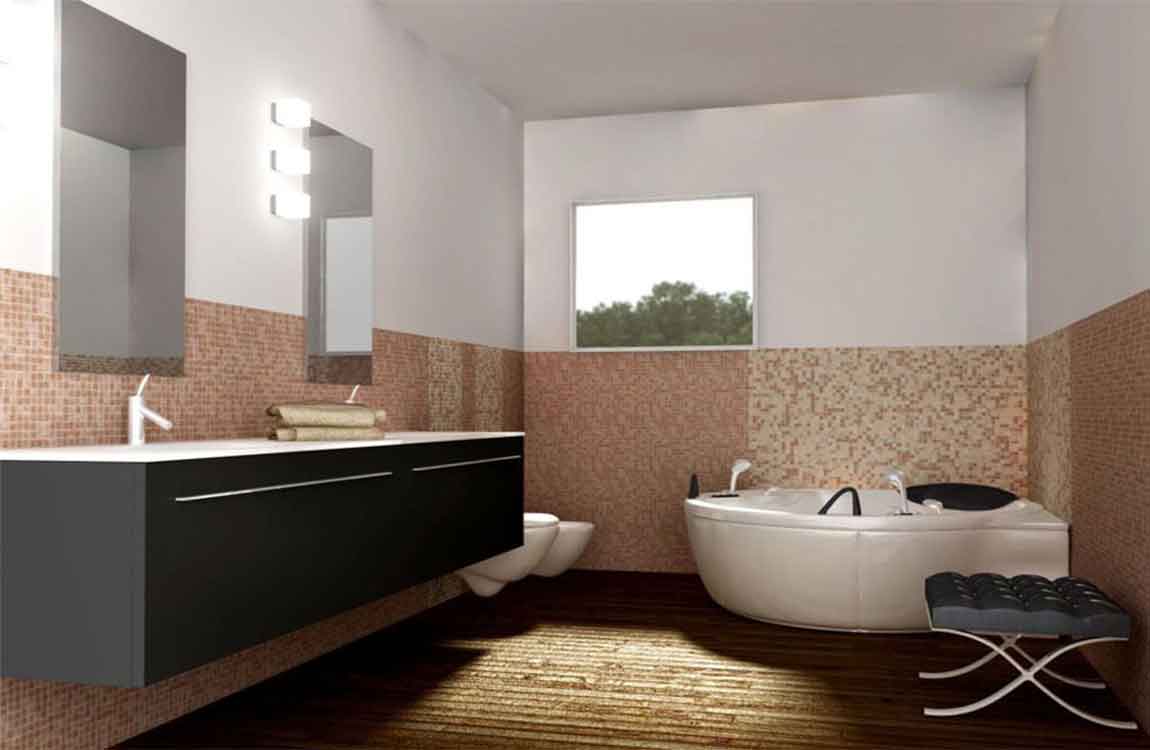

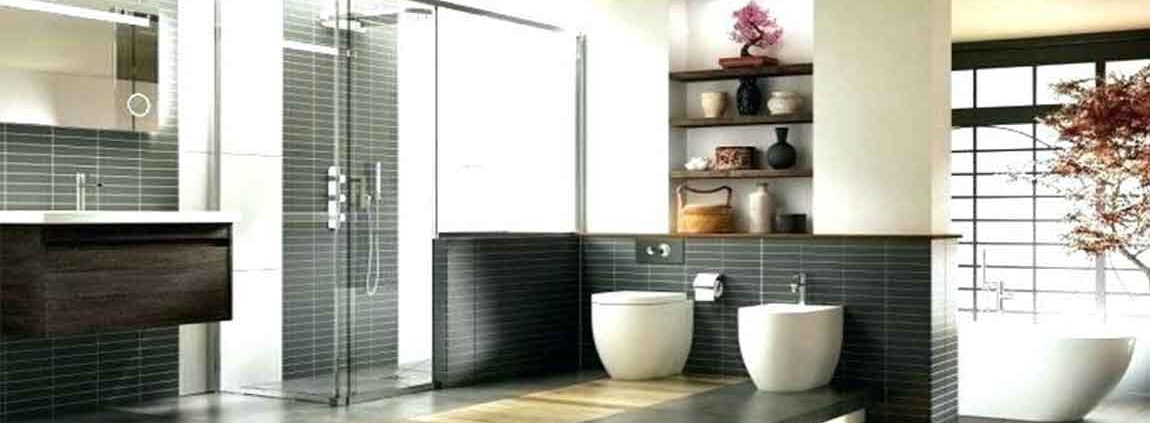

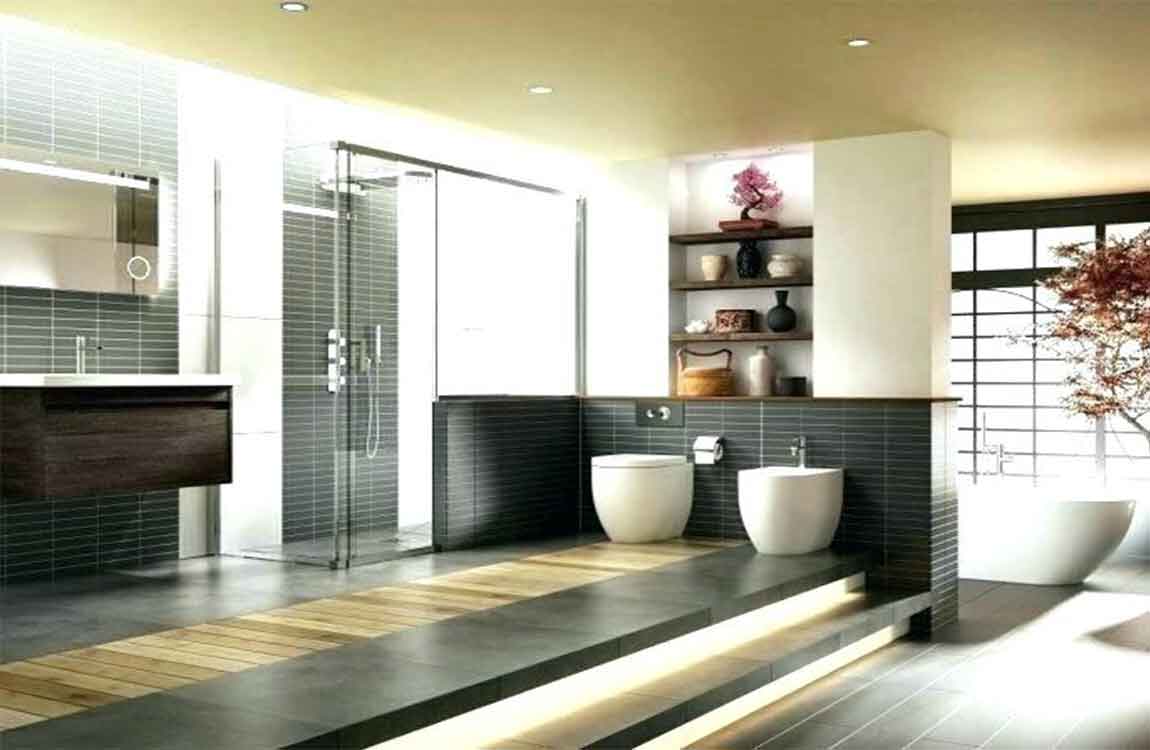
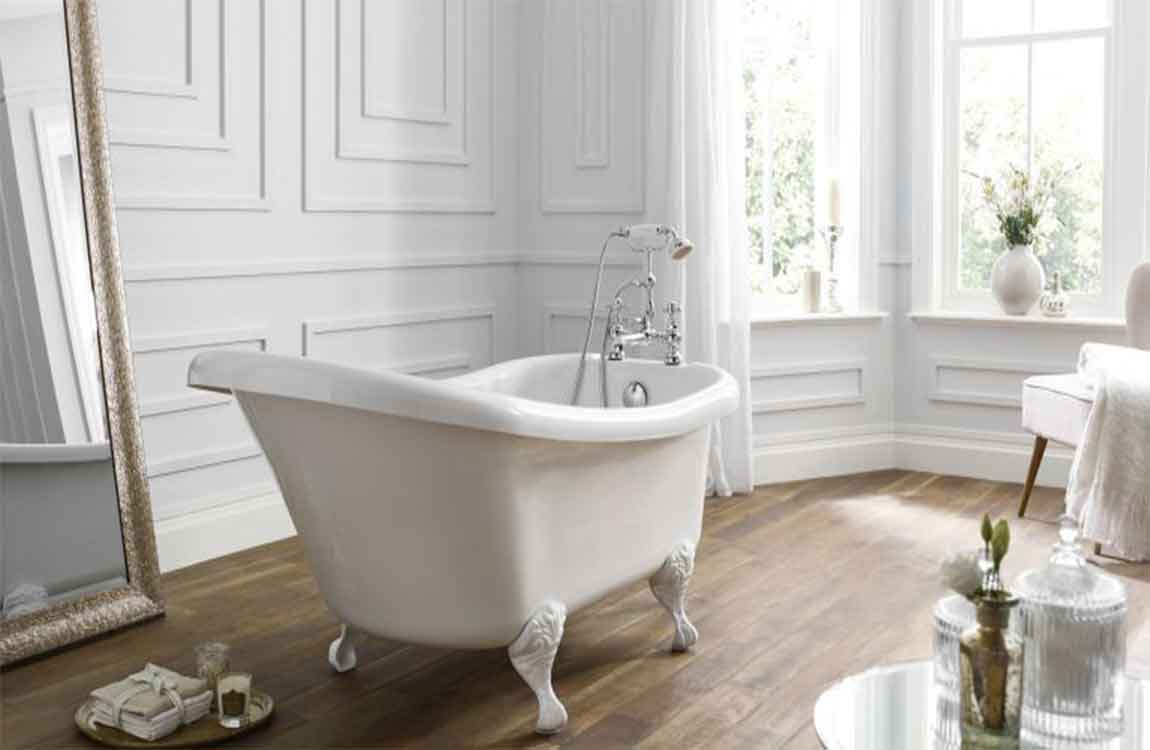

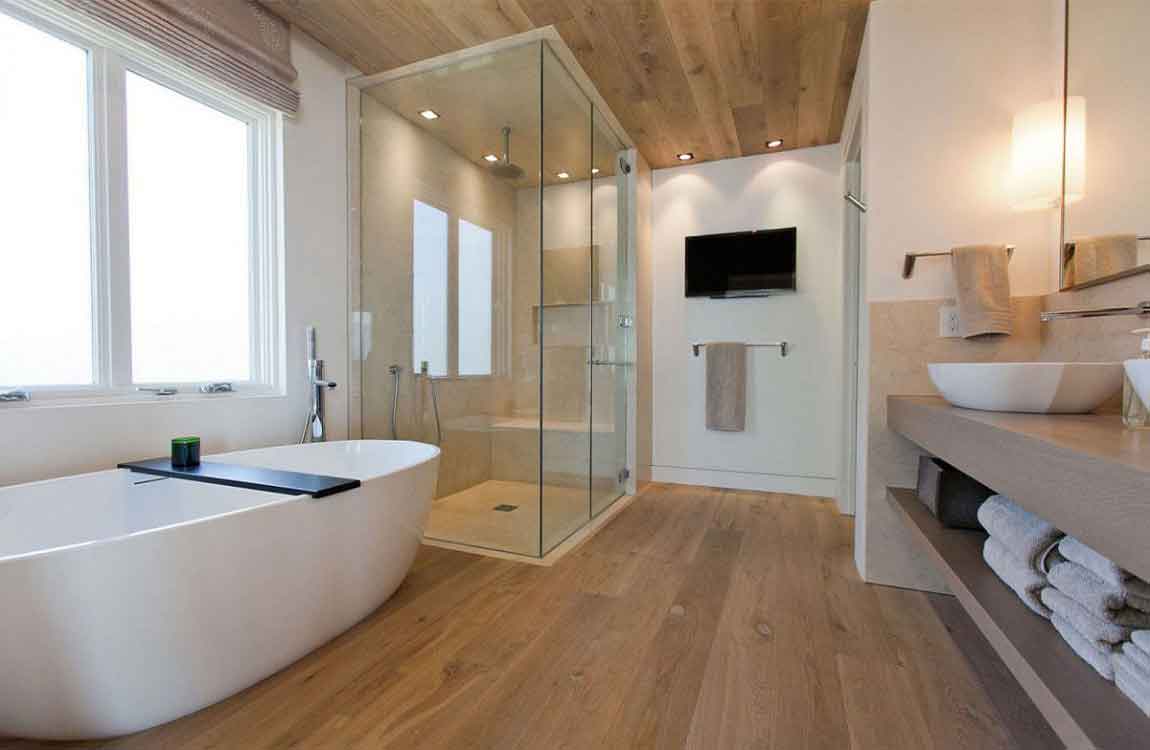

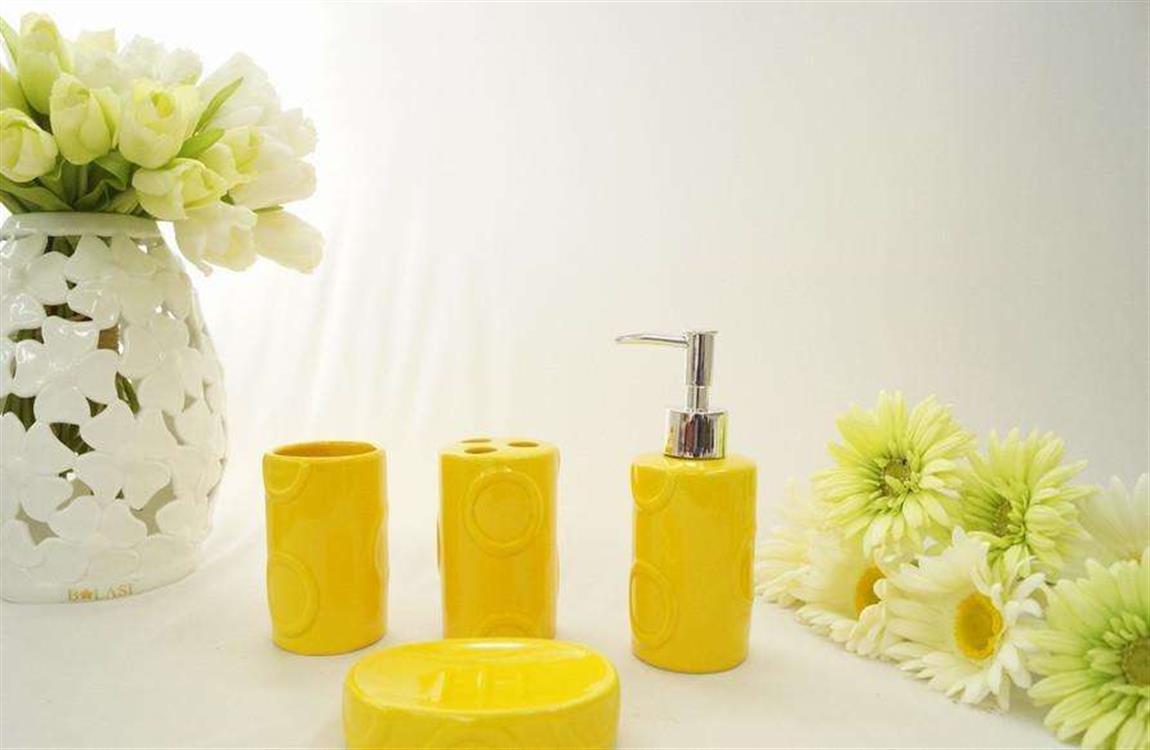

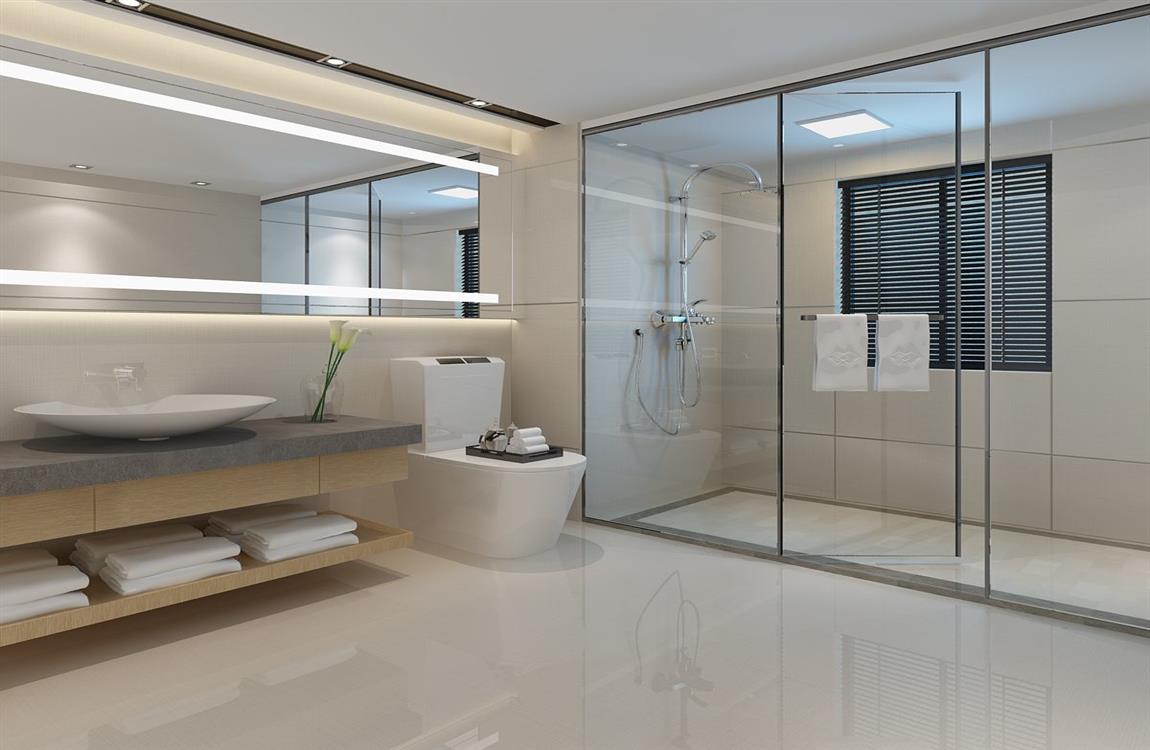
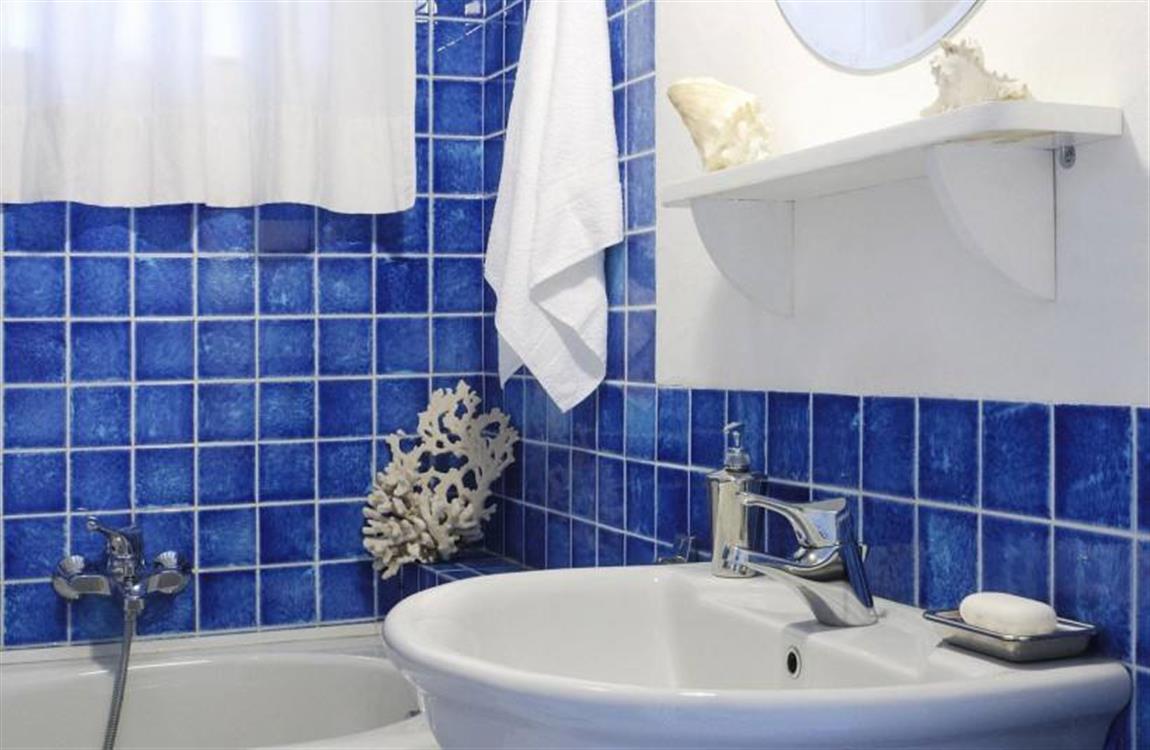

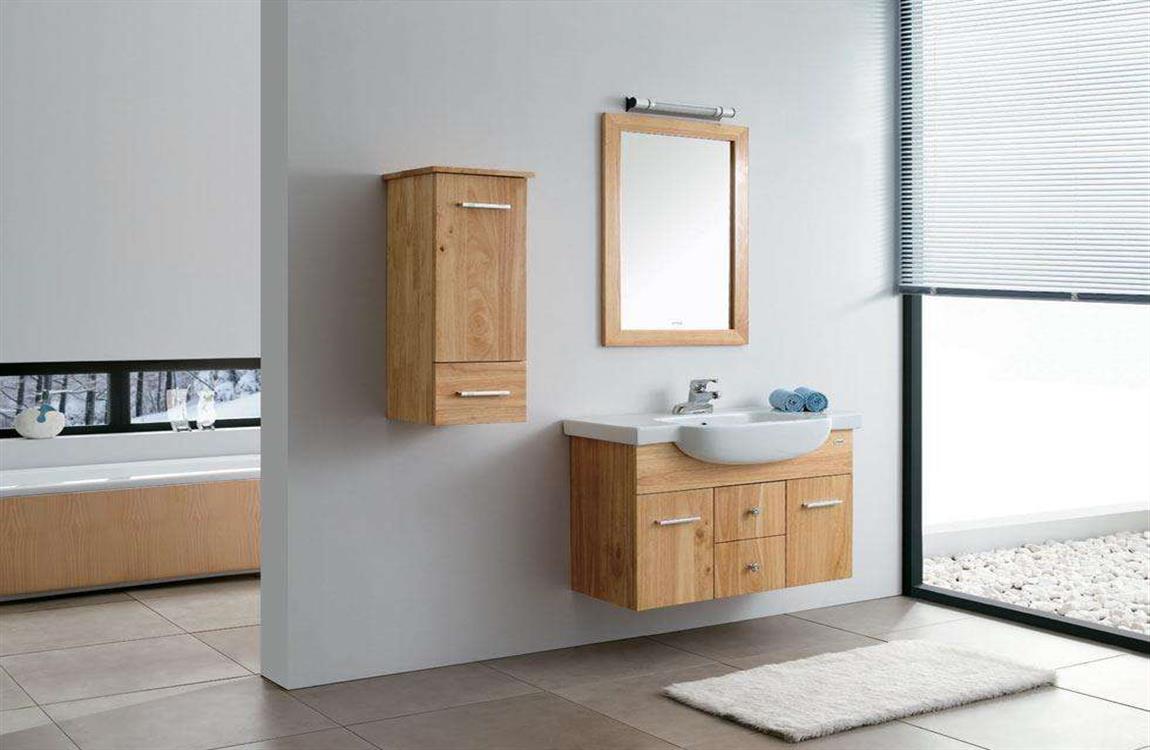

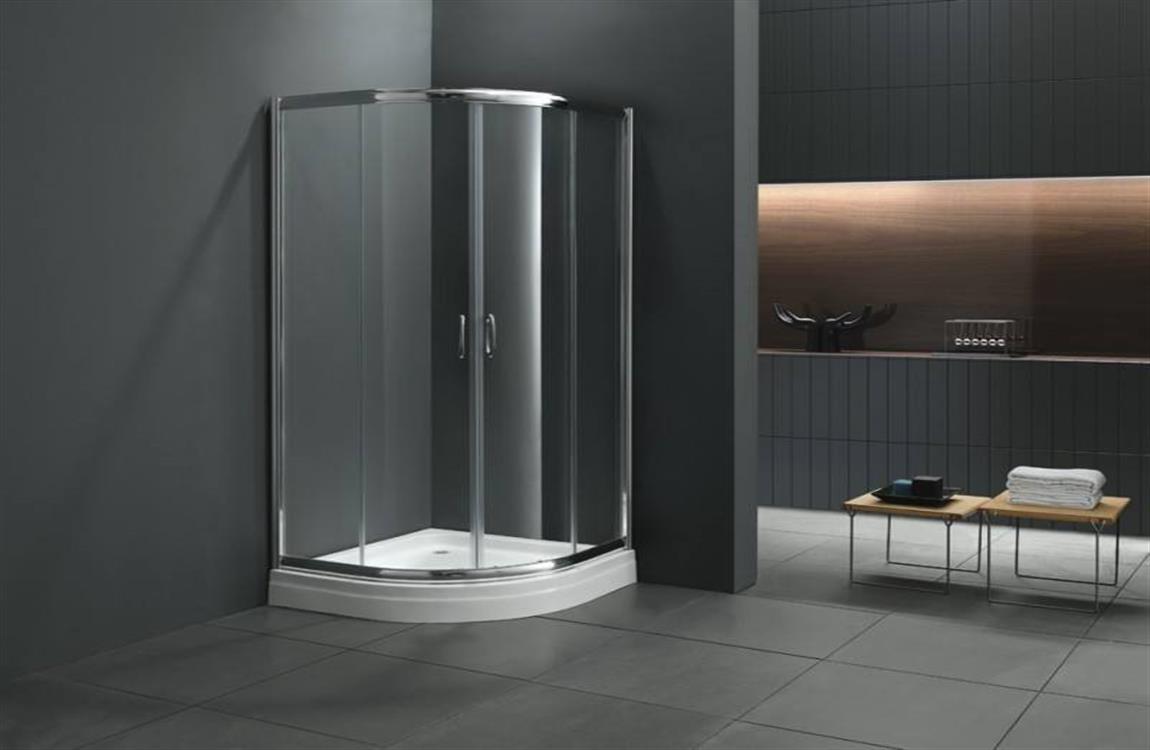

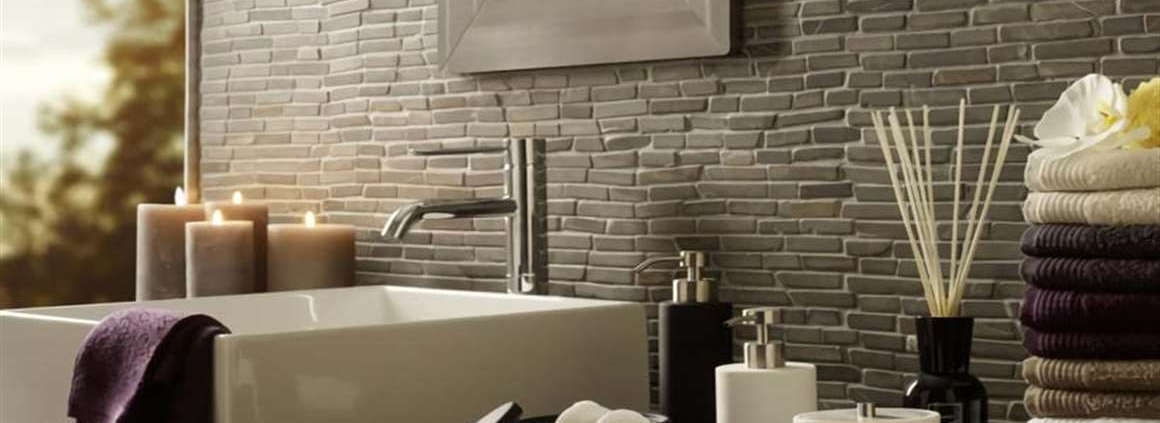

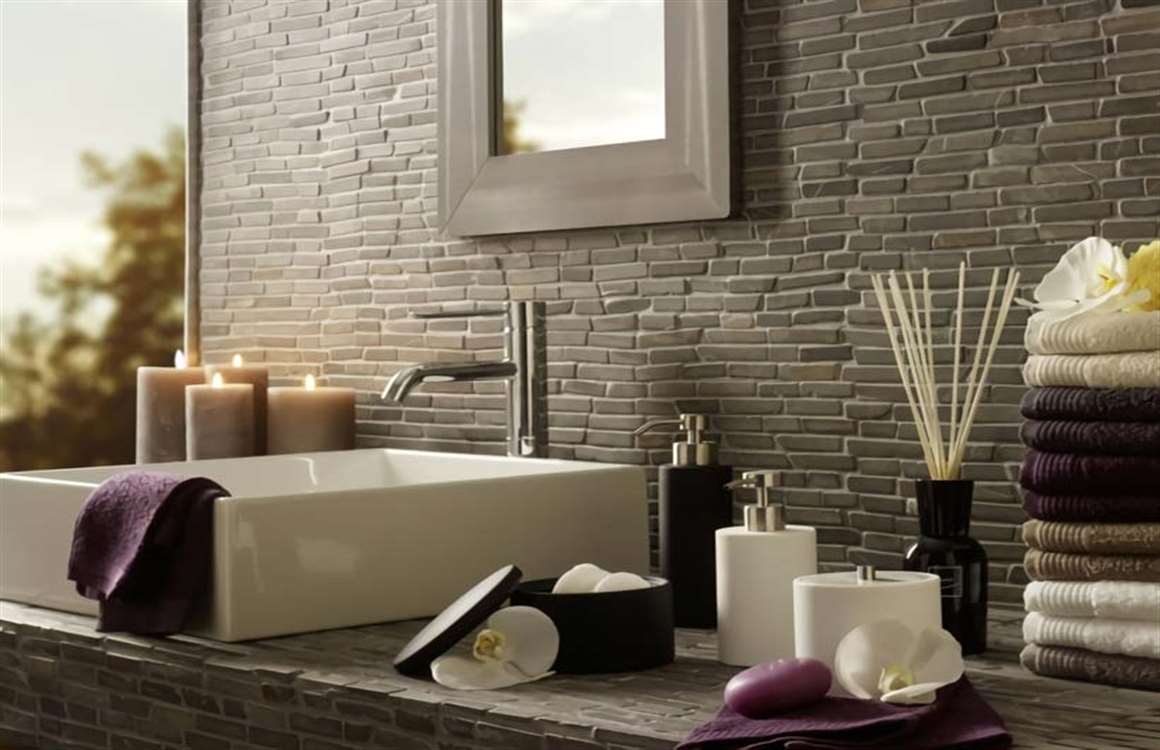

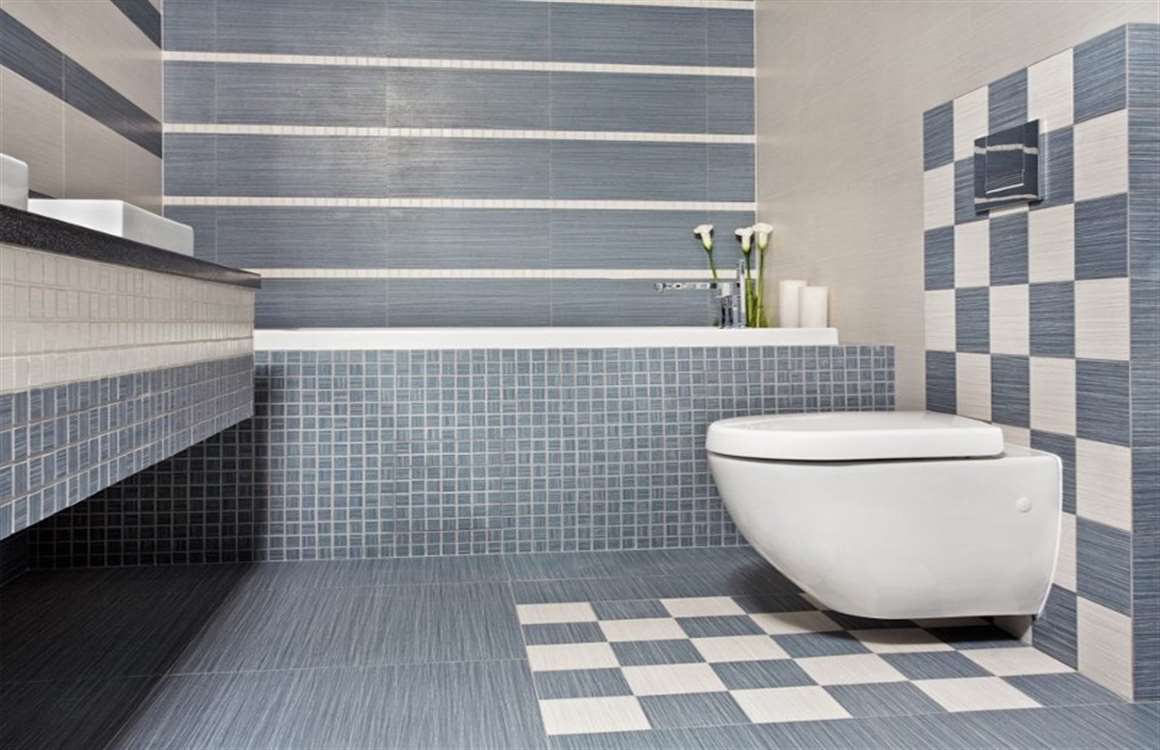

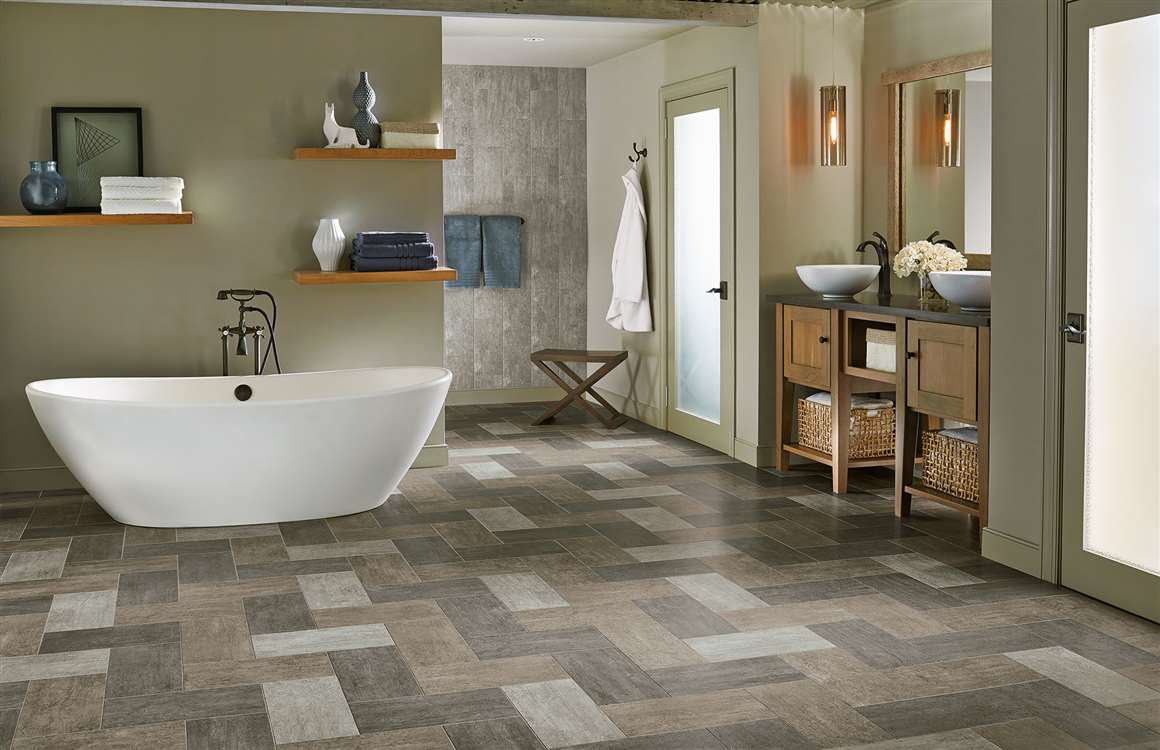

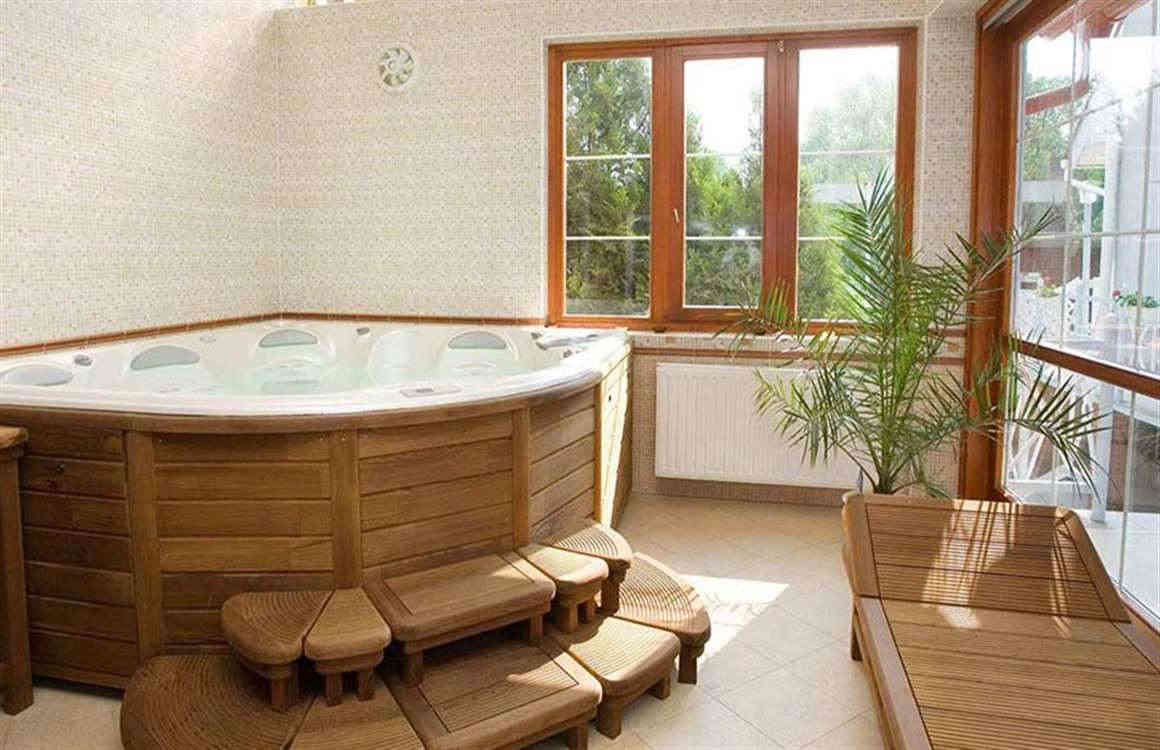

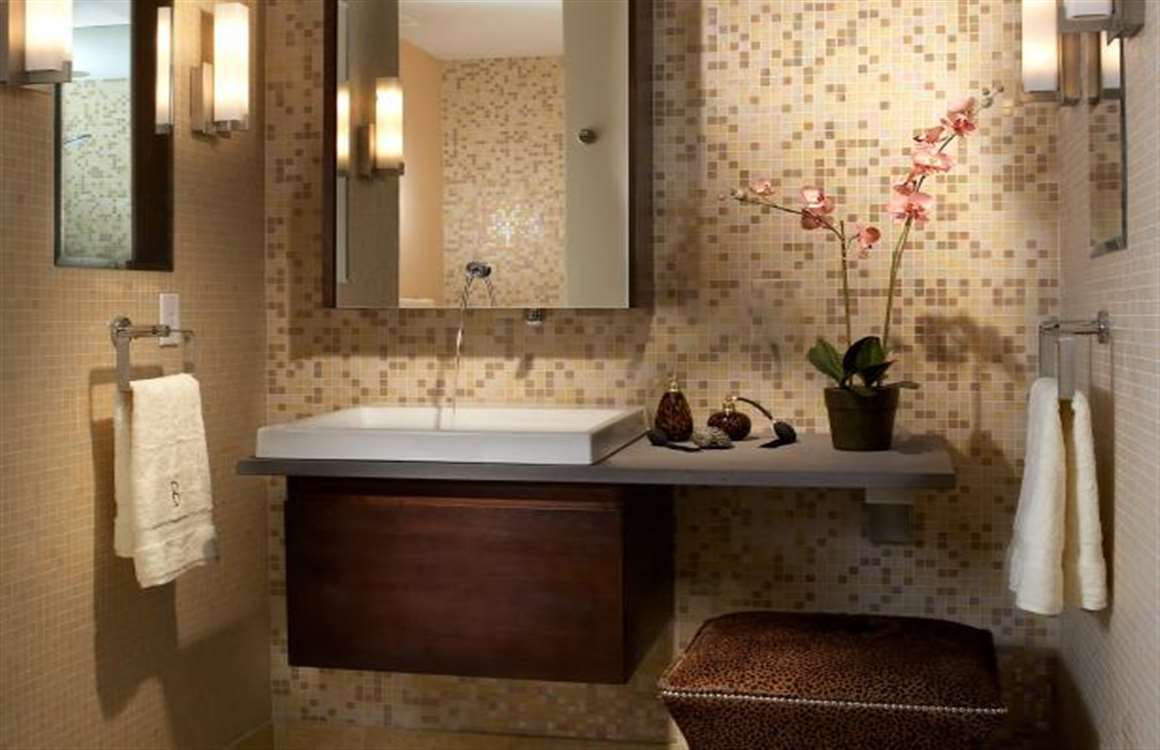

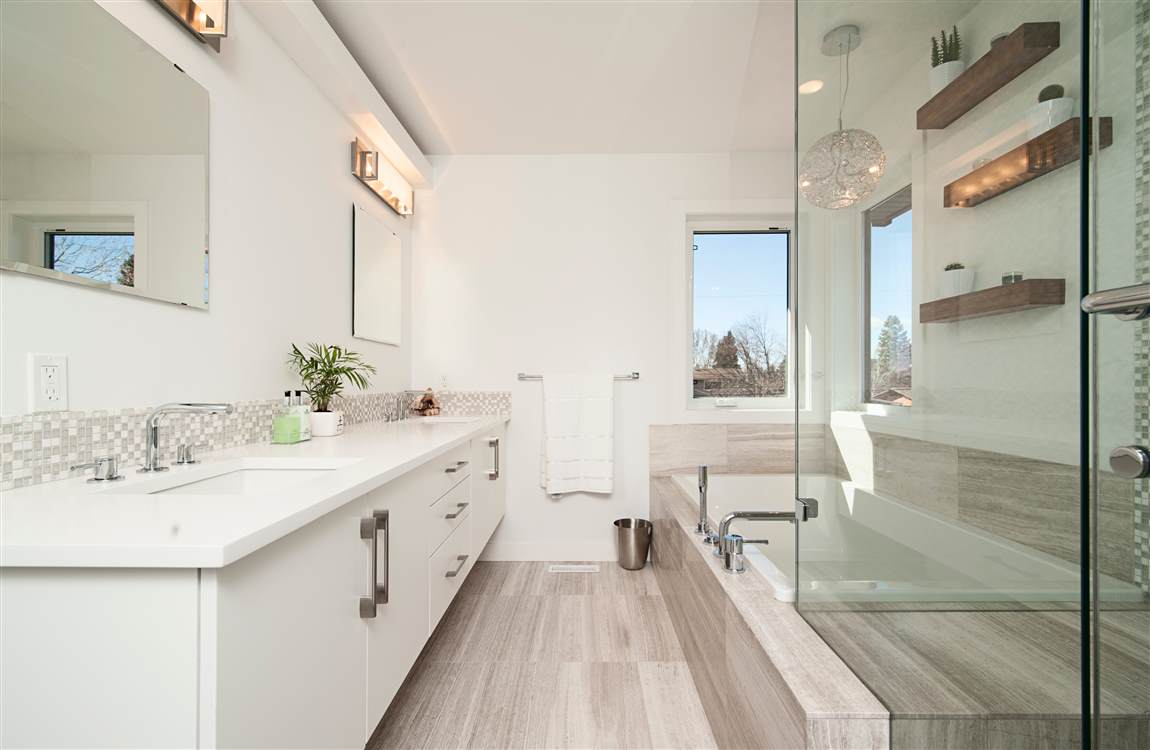 For example, you could keep candles or bowls filled with pretty soaps on top of the table. If your table has shelves, roll up your towels and place them inside the shelves. Not only is this a great decorative touch, it’s also practical. Consider placing a nice tray atop the table for your toiletries or perfumes.
For example, you could keep candles or bowls filled with pretty soaps on top of the table. If your table has shelves, roll up your towels and place them inside the shelves. Not only is this a great decorative touch, it’s also practical. Consider placing a nice tray atop the table for your toiletries or perfumes.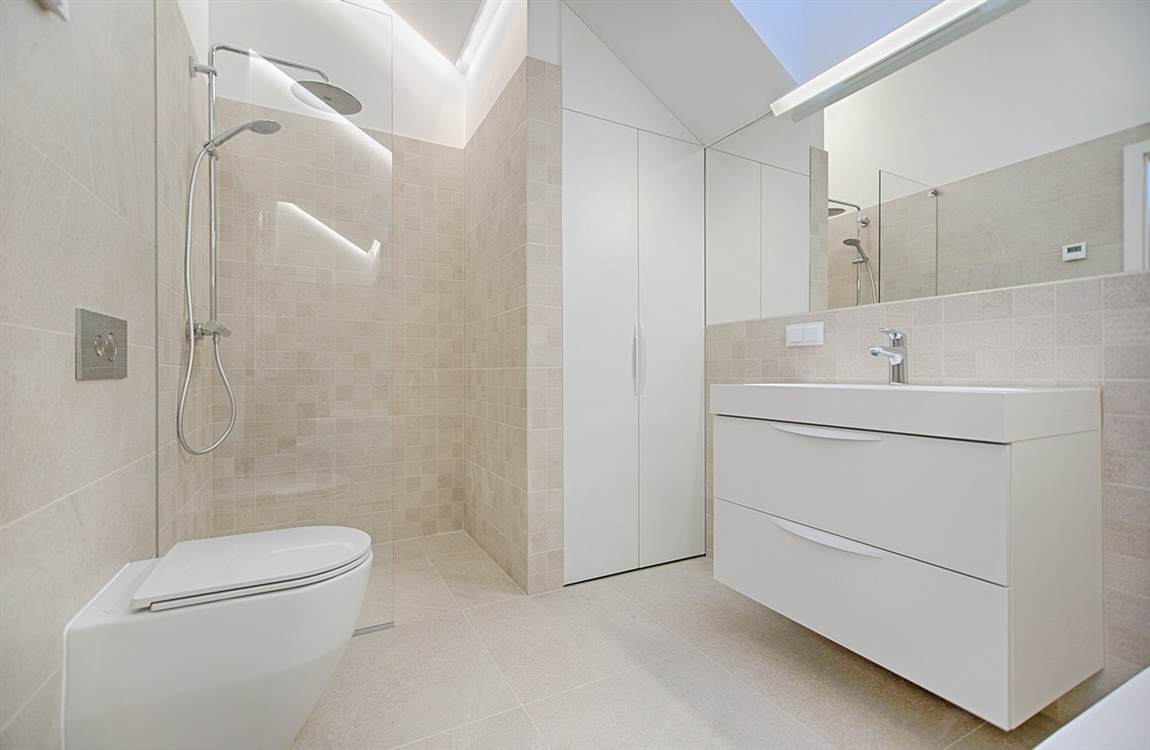 Consider an upholstered bench for comfort and luxury. Choose a bench that matches the style and colors of your
Consider an upholstered bench for comfort and luxury. Choose a bench that matches the style and colors of your 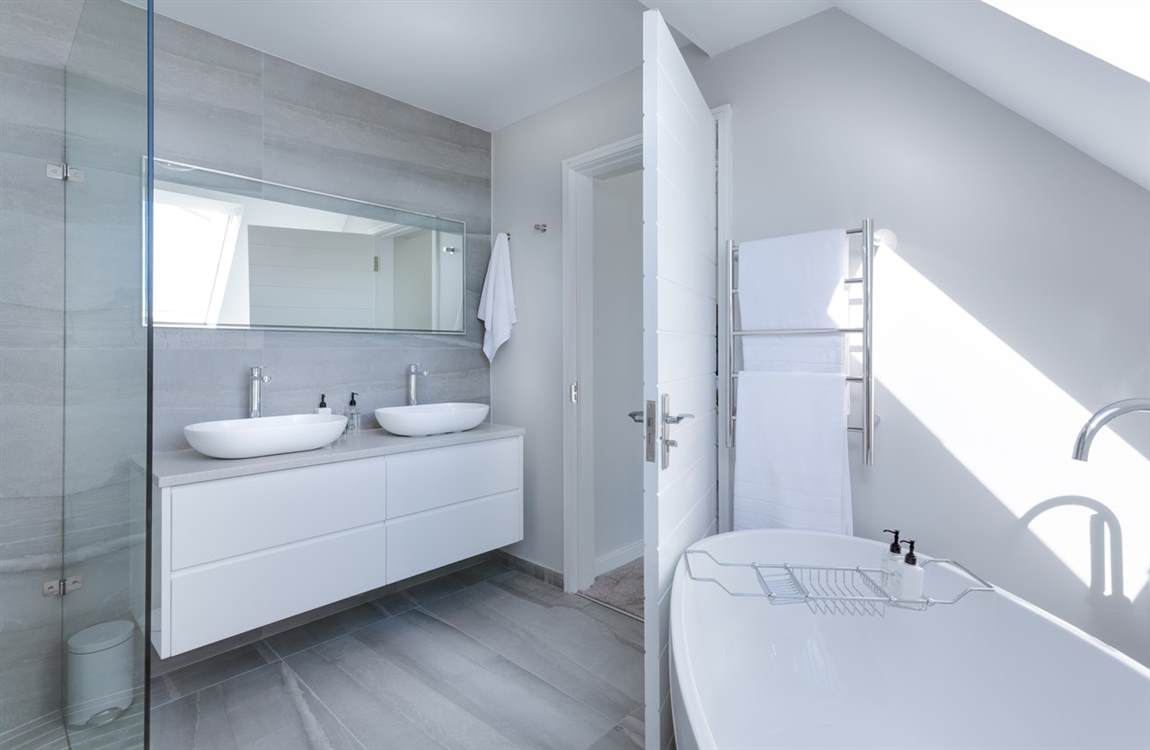 Don’t be afraid to take a bench apart and re-paint or re-upholster it. If you decide to re-upholster the bench, make sure you choose a water-resistant fabric. This is especially important if you plan to sit on the bench while wet or place wet items on the bench. Otherwise, it may develop mold or mildew.
Don’t be afraid to take a bench apart and re-paint or re-upholster it. If you decide to re-upholster the bench, make sure you choose a water-resistant fabric. This is especially important if you plan to sit on the bench while wet or place wet items on the bench. Otherwise, it may develop mold or mildew.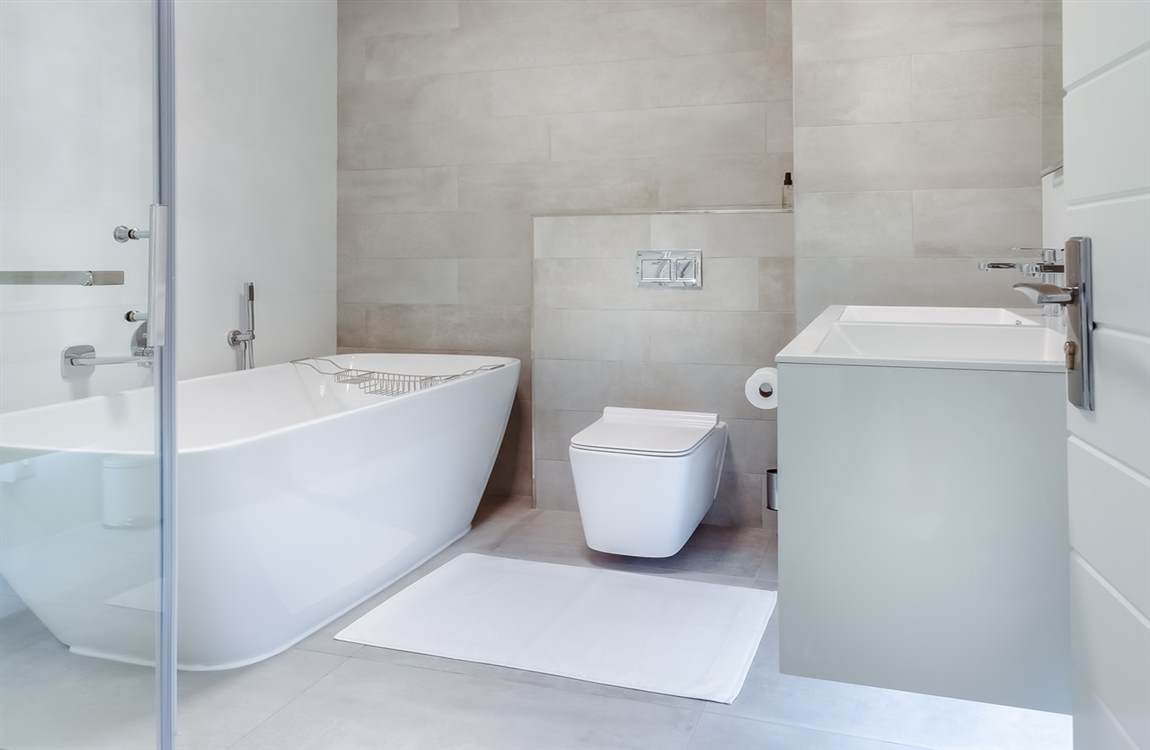 Get a shelving unit if you have space for it. Not only can this add a decorative element to your
Get a shelving unit if you have space for it. Not only can this add a decorative element to your 